Spring 2015 and Digital Radio is a big story in UK media-land, with a second national commercial multiplex licence award in process, while at the other end of the scale Ofcom announcing trials of very small scale DAB services.
However in my latest delve into my archive box of past radio bits I dig out an interactive CD/CD-ROM produced by the BBC in 1997 to explain their new fangled “Digital Audio Broadcasting” initiative.
This was at time before any commercial DAB services, before BBC Networks X, Y and Z (a.k.a. 1xtra, 6 Music and 4 Extra nee Radio 7) and when you’d probably need to go and talk nicely to your bank manager before purchasing one of the few DAB receivers ‘in the wild’.
Click on the images below for a bigger version of the CD sleeve notes:
This was one of those dual-mode discs that had a set of regular audio tracks to play in your CD player, along with an interactive CD-ROM element you could run on your Windows 3.1, Windows 95 or classic Apple Macintosh computer. You’ll have to wait till next week for the highlights of the interactive part of the disc (the Macromedia Director presentation on the disc opens on Windows 7 only as far as to swear blind I don’t have Quicktime installed.)
The audio tracks are narrated by the late Alan “Fluff” Freeman and lasts just over 10 minutes.
 There’s a few ‘points for discussion’ coming from the content of this disc.
There’s a few ‘points for discussion’ coming from the content of this disc.
Many things still stand true today.
Additionally I might just be igniting the touch paper with ammunition for some of the ‘anti-DAB’ brigade by highlighting quotes such as:
“Does your new digital radio offer you CD-quality sound? Of course it does. Couldn’t get tickets for the big match or the gig of the year than don’t you worry, just stay at home and listen in on your DAB radio. The sound quality is so good it feels like you’re part of the crowd in the mosh pit at Pearl Jam or the main stand at Anfield.”
The disc also gives a timely primer of the technology, which is still of use today, especially to our friends state-side who are more familiar with ‘HD Radio’ than DAB:
“So what about those tuning problems you’ve always had with your old radio. How many times have you lost your favourite radio station when moving from one area to another. It happens because when they transmit analogue signals radio stations use different frequencies depending on where you are in the UK, but DAB allows the same frequency to be used all over the UK. Where digital signals overlap instead of interfering with each other the signals actually reinforce each other, meaning clearer crisper stronger reception.”
An ongoing debate today I read again and again is that the mono sound on the majority of today’s DAB broadcasts is a backwards step verses FM. It’s somewhat enlightening to hear that despite the questionable ‘CD Quality’ promises, stereo was never a guarantee:
“Broadcasters and service providers must decide how to divide up the blocks of frequencies allocated to them. Either lots of channels with mono sound and text or fewer channels carrying stereo sound and text, or a combination of the two options.”
Finally it’s interesting with hindsight to recall the crystal ball gazing of the early days, notably no prices quotes for the kit:
“Right now in the UK, only a few retailers are stocking DAB radios, but by autumn 1998 all the major retailers should be selling them. Many of the top manufacturers such as Sony, Panasonic, Philips, Bosch-Blaupunkt and Kenwood are producing their first ever digital radios. It’s most likely that car radios will be the first to launch, with some sets going on sale around Christmas 1997. The majority of manufacturers are expected to make sets available in early 1998, with hi-fi ‘s and PC-based systems following shortly afterwards and the first truly portable digital radios are likely to hit the market during 1999.”
and
“The BBC is building a network of transmitters to bring digital radio to sixty percent of the UK population by spring 1998, covering the UK’s main motorways in major cities in England, Scotland, Wales and Northern Ireland, the BBC’s current package of public service radio networks radios one two three four and five live have been broadcast digitally since September 1995…. one block of frequencies in the UK has already been allocated to the BBC to broadcast nationally. The remaining licenses will be advertised in spring 1998. It’s expected that the first commercial broadcasters will be ready to broadcast and digitally using the national block of frequencies at the end of 1998. There is no doubt about the future of radio is digital.”
Coming next weekend some of the interactive content of the CD-ROM, once I’ve put my vintage OS screen capture through post. Then later we’ll recount some “pirate” DAB. For further listening go back to my “DAB my radio? Did I spill something on it?” posting from last year.
Photo Credits: “Alan Freeman presenter card” by James Cridland / Virgin Radio UK“BBC Digital Radio CD and inlay card” by Phil Edmonds / BBC
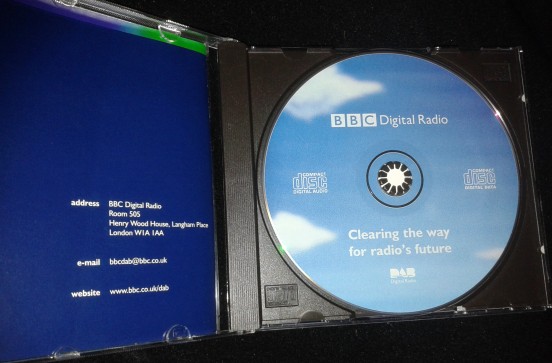
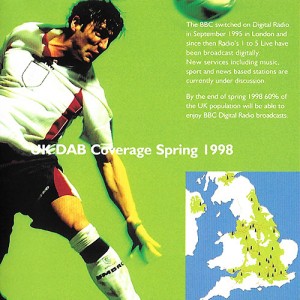
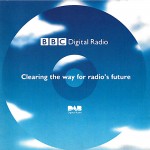
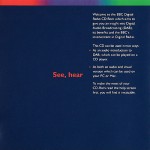
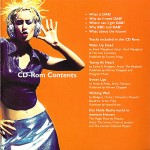
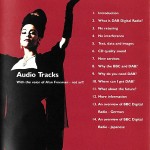
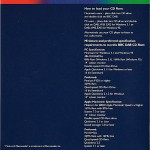
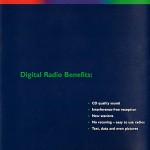
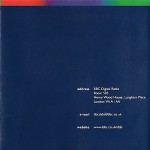
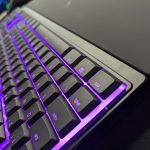
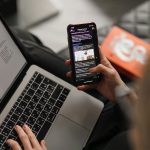

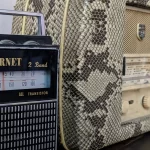

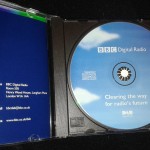


Dan Dart
March 30, 2015 — 10:14 pm
Unfortunately mine exploded in my drive. Is there any chance you could provide a link to an ISO or something? Great nostalgic disc…
Phil Edmonds
March 31, 2015 — 5:52 pm
Dan, I will be putting up a link for people to see some of the interactive presentation soon. It’s just taking a little longer than I first thought, due to a little think called “real work” getting in the way. Watch this space over the Easter weekend.